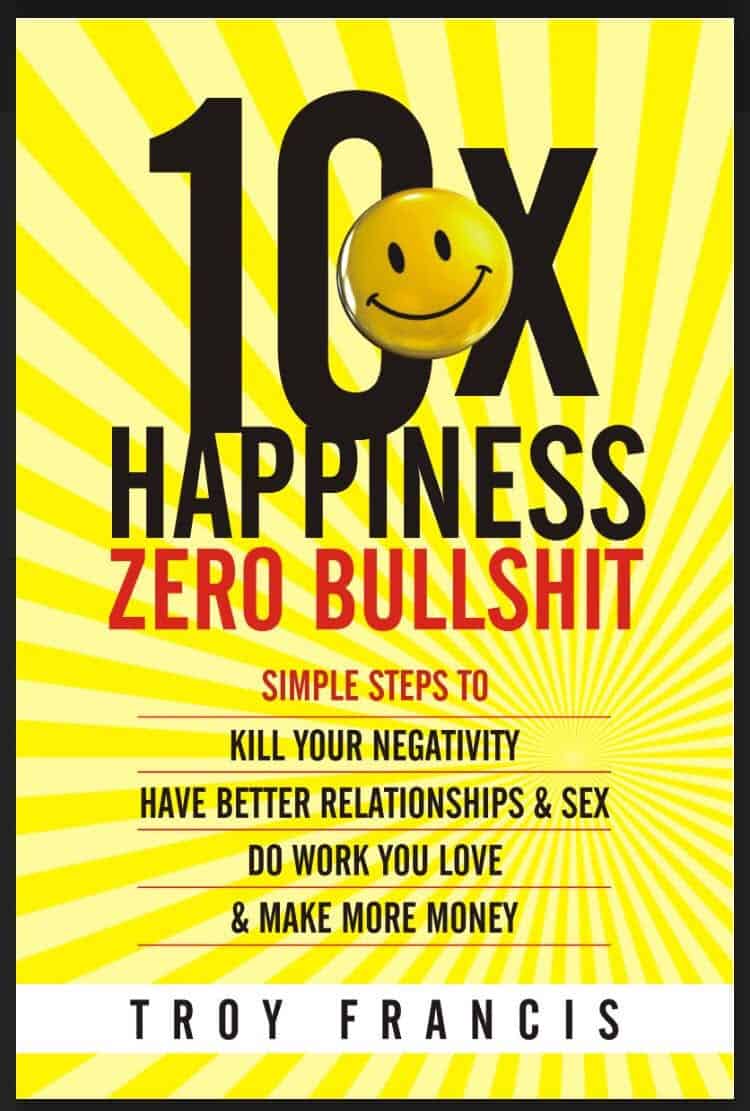I only recently discovered Black Label Logic, economist, writer, sexual market theorist and rising manosphere star when he appeared on the Mark Baxter podcast Click on that link if you didn’t catch the show—it’s a great episode and as good an introduction as any to BLL’s take on the red pill as any other.
I’m a sucker for great writing and I’m a sucker for a cerebral discussion of commonplace things like sex and dating. BLL, formerly an academic in his ‘real life,’ a philosopher with experience in research, delivers both of these in spades, both on his fascinating website and in his new book, Gendernomics.
(Incidentally, in the interests of full disclosure I reached out to BLL as a new fan on Twitter to ask him if I could review his book on my site and he very kindly sent me a review copy. I don’t know him personally).
I find the notion of what we call ‘taking the red pill’ to be highly interesting, not least because in my own experience, coming across the relevant materials online and reading a glut of them, while my reaction felt visceral, it was less surprise and shock and more recognition that I experienced. Yes, there was a sexual marketplace where men and women traded to optimise their positions and dividends. Sure, it was slightly uncomfortable to see it written down in black and white, but surely everyone knew all of this stuff really, deep down?
While I was certainly a beta—and perhaps at points omega—male, I’m not sure I was ever entirely ‘blue pill.’
Perhaps it was the result of coming from a broken home. Perhaps having a front-row seat watching a twenty-year long marriage deteriorate from its early days of lust and romance to its final sodden anticlimax, enmired with infidelity, bitterness and repulsion made me question from an early age the validity (or even the sanity) of that particular institution. Perhaps having no contact with my mother for over a decade made me realise how easy it can be to lose someone from your life entirely. Perhaps having three sisters and a ferocious, overbearing stepmother opened my eyes to a wider panoply of female behaviours than is usual for a young boy. Or perhaps, suffering from poor nutrition and being somewhat physically stunted at a young age, the last to be picked for the football team and so on, and of a morbidly depressive disposition, I was better placed than others to observe the coquettish cruelties that young girls can impose unthinkingly on their male peers.
Or maybe everyone secretly knows the truth—that there is a sexual marketplace, that you are competing against others and you will be lucky to get what you are worth—and will frequently wind up with even less—unless you learn the necessary techniques to buck the system we call ‘game’.
All of this came to mind as I was reading Gendernomics simply because, in common with most texts imbued with deep erudition, I felt, in the best possible way, that it confirmed everything I had ever thought about the sexual marketplace but articulated it with a precision that I would never muster. Or to put it another way, I felt Gendernomics said everything I’d ever thought about intergender-relations a lot better than I could.
But the job of the thinker, and more specifically, the writer, is to reveal, through the precision of his prose, that which is just concealed, or to draw attention to those things that should be glaringly apparent to all but that remain largely unnoticed by a great majority.
I am not sure that there is another writer apart from Rollo Tomassi of the Rational Male (along with Robin Baker and Richard Dawkins and possibly Robert Greene before him) who has detailed with such unsparing rigour the vicissitudes of the sexual marketplace as BLL does here. Of course, Rollo has very big shoes to fill, but I would go as far as to say that Gendernomics is a better book than The Rational Male. By that I don’t mean that the ideas within it are necessarily any more original or insightful, but more that BLL has been able to craft a long-form work based on them somewhat better than Rollo, whose true forte would seem to be the shorter form essay, or blog post.
What BLL achieves here, then, is the most comprehensive and rigorous analysis of human intergender relations against a the framework of economic theory that I think has ever been attempted. In fact, I don’t know of anyone else who has subjected ‘red pill’ thought to such stringent analysis. The fact that it emerges largely unscathed is both a testament to those manosphere writers (like Rollo) who’ve spent years unearthing, testing and communicating these ideas, and to BLL himself for his patient, serious and intelligent treatment of his subject matter.
BLL begins by discussing macroeconomic ideas and how these are paralleled in the sexual marketplace, which he defines as ‘a medium that allows buyers and sellers of sex to interact in order to facilitate an exchange.’ The problem, as he defines it, with our current set up is that whereas in centuries gone by the market was based on an optimal exchange of sexual access for goods, services and land in the case of marriage, now we have pivoted to a free market arrangement that can be likened to ‘Laissez-Faire’ economics.
The introduction of ‘romantic love’ a ‘highly questionable and criteria of happiness’ into the marriage equation has meant that now all bets are off, and all checks and balances have been removed and women are now essentially ‘freed’ to optimise their hypergamous instincts, while men are forced to compete in an unbalanced market to obtain the access they crave. This is the dating scene as we know it in 2017, where even a reasonably good-looking, intelligent man can put up a profile on Tinder and receive no matches other than from the least desirable of girls.
One passage that particularly interested me was BLL’s assessment that:
The primary resource being consumed by both men and women is time . . . Men consume resources in either a productive way (increase in sexual market value) or a non-productive way (no increase or a decrease in sexual market value). Women consume time in that they have a limited time at their peak SMV and thus they must spend that time attempting to optimize hypergamy to the best of their abilities.
Of course, this is absolutely the case: time is everything in the marketplace, and the worst way in which a man can spend his is by investing it in a single woman who—if he is a beta and in the friendzone—will most likely never sleep with him. The alpha’s strategy, in contrast, is what Rollo has termed ‘spinning plates’, that is, engaging in a series of concurrent, non-exclusive relationships with different women, thus mitigating his risk. This, it is shown, is the logical response to current market conditions, where the beta, by investing heavily in one woman, puts himself at considerable financial and emotional risk.
There follows a long and useful assessment of supply and demand in the market and how this has become unbalanced, with women now competing for the top 20% of men. For this reason, in order t0 properly maximise his options, a man must endeavor to raise his own SMV and ‘invest and consume with careful deliberation and reasoning’, for time is a ‘zero sum resource’: the way that you invest it is of huge importance and will have vast implications for your future happiness and security. Of course, men are somewhat fortunate in this regard in that their value begins at zero, is accrued over time and can persist into old age, whereas a woman’s is inherent and begins to decline after she is no longer fertile (as far as the sexual marketplace is concerned, that is).
The second section of the book, dedicated to microeconomics, drills down further into how men might best ‘add value to [their] equity by performing well in a direction that society also appreciates and that adds to his social value, his financial value or his genetic value.’ Thus, a man might undertake a SWOT analysis to determine his strengths, weaknesses, opportunities and threats in order to decide how best to position himself in the market and in what areas he needs to improve. He might also consider what kind of a player he is—a ‘defender’, a ‘prospector’, an ‘analyzer’ or a ‘reactor’: perhaps a change in strategy is required if he is to really achieve the particular success he desires. He must also subject all relations in his life to strict cost accounting to ensure that they are adding a net benefit to his existence rather than detracting from it, as well as mitigating the various risks that come along with a relationship.
There follows a lengthy and fascinating passage which seeks to ground the current deterioration of the market in historical context before BLL discusses the predominant sexual strategies used by each gender and analyses the effectiveness of each.
If you are interested in male-female dynamics and enjoy seeing them interrogated and held up to scientific scrutiny then Gendernomics is definitely the book for you. But if you have even a passing interest in red pill thought, the manosphere, or modern Western dating culture generally, you should also get hold of a copy. Not only does it plausibly explain why things are as they are, it also shines a light under the bonnet and illuminates the murky workings of the market as it currently is, and then gives you practical strategies for how best to operate in the face of such conditions.
All in all Gendernomics is a fascinating read and a very worthy addition to the red pill canon which will doubtless continue to be read for a very long time to come. Highly recommended.
To find out more about how to beat the current sexual marketplace and pull smoking hot girls day or night buy Troy Francis’s book The 7 Laws of Seduction
For daily updates follow Troy on Twitter and Instagram
Read More: 7 Steps to Follow When Your Game Hits a Dry Spell







